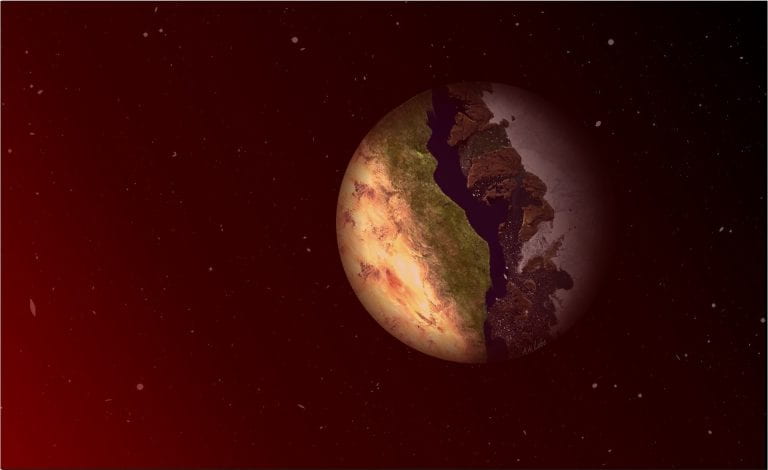Extraterrestrial life could exist on distant exoplanets inside terminator zones, astronomers say

- Country:
- United States
Some exoplanets, planets beyond our solar system, have a permanent day side and a permanent night side. A ring-shaped border between the permanent day and night regions, called the terminator zone, could be prime sites for liquid water and harbour extraterrestrial life, according to University of California, Irvin astronomers.
"You want a planet that's in the sweet spot of just the right temperature for having liquid water," said Ana Lobo, a postdoctoral researcher in the UCI Department of Physics & Astronomy who led the new work.
Lobo and Aomawa Shields, an associate professor of physics and astronomy at UCI, modelled the climate of terminator planets using software typically used to model Earth's climate, but with a few adjustments, including slowing down the planetary rotation.
In the past, researchers have primarily focused on studying exoplanets covered in oceans in their search for potentially habitable worlds beyond our solar system. However, Lobo and her team have been able to show that terminator planets are also viable refuges for life. This discovery expands the range of options available to astronomers who are searching for signs of life outside of Earth.
According to Lobo, a crucial aspect of their discovery was identifying the specific type of terminator zone planet that can retain liquid water. The team found that if a planet is primarily composed of water, the water facing the star would probably evaporate and create a dense layer of vapour that would cover the entire planet. However, if the planet is mostly land, this process would not occur.
"Ana has shown if there's a lot of land on the planet, the scenario we call ‘terminator habitability’ can exist a lot more easily. These new and exotic habitability states our team is uncovering are no longer the stuff of science fiction – Ana has done the work to show that such states can be climatically stable," said Shields.
Their findings are published in The Astrophysical Journal. More details can be found here.
- READ MORE ON:
- Terminator zones
- Terminator planets
- exoplanets










